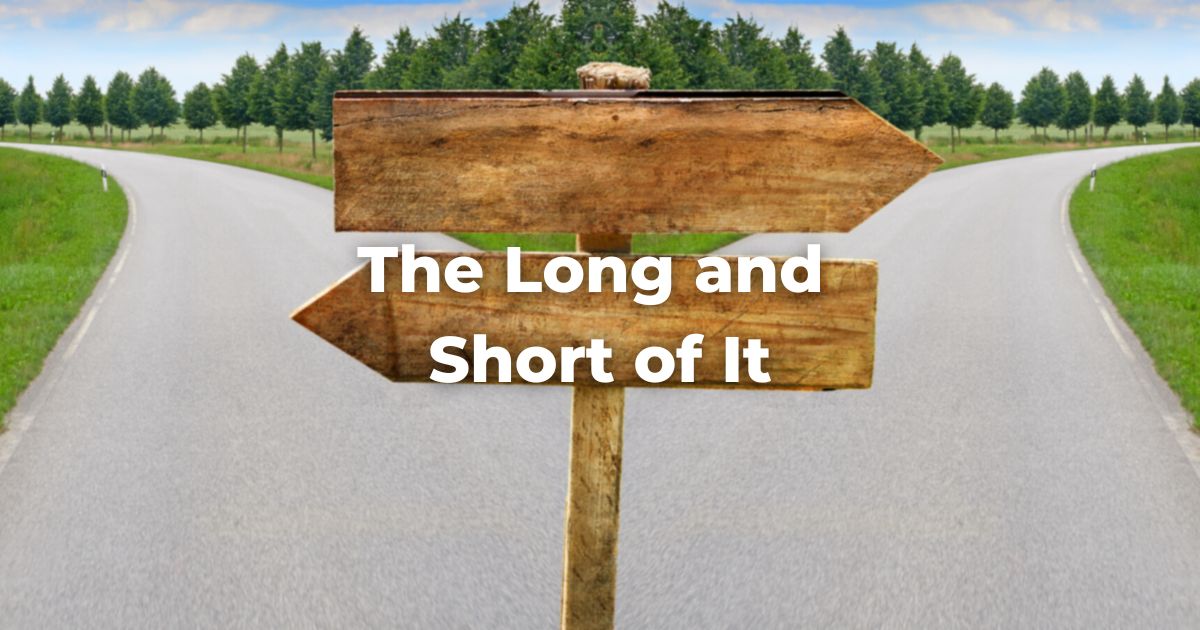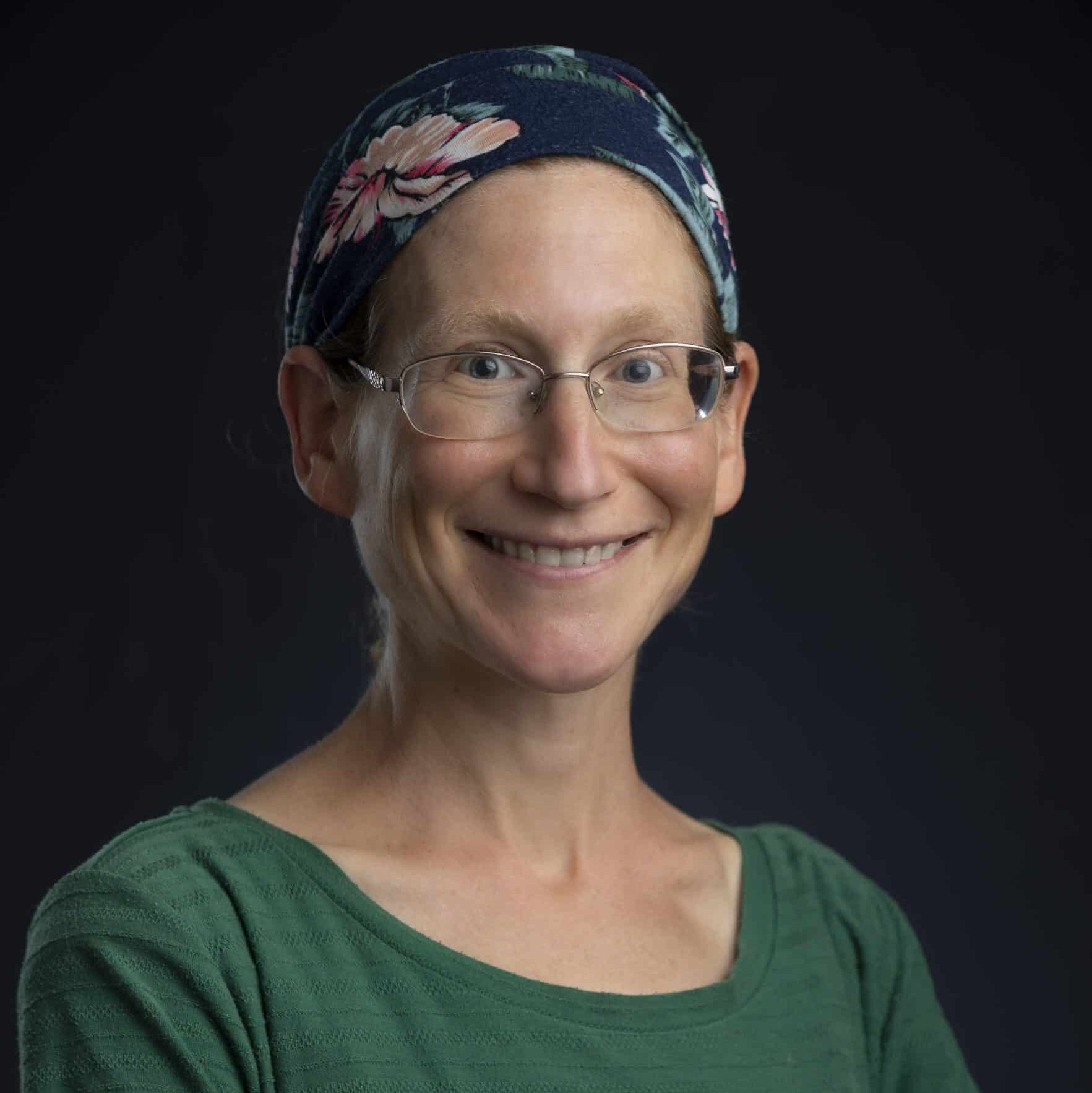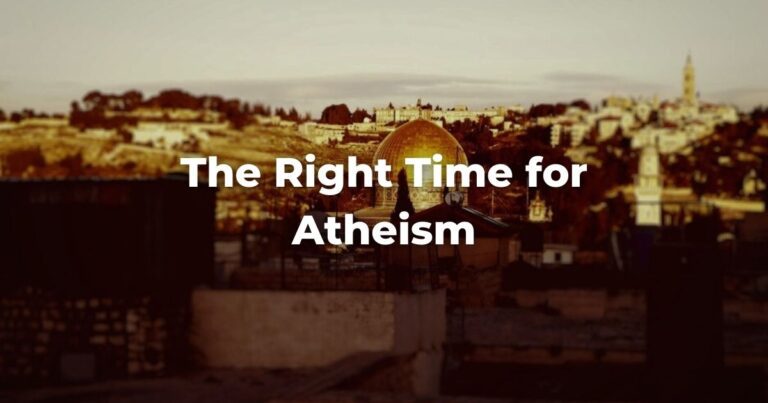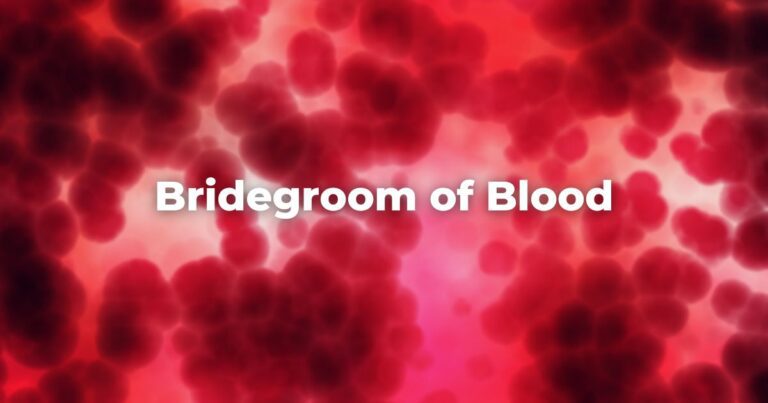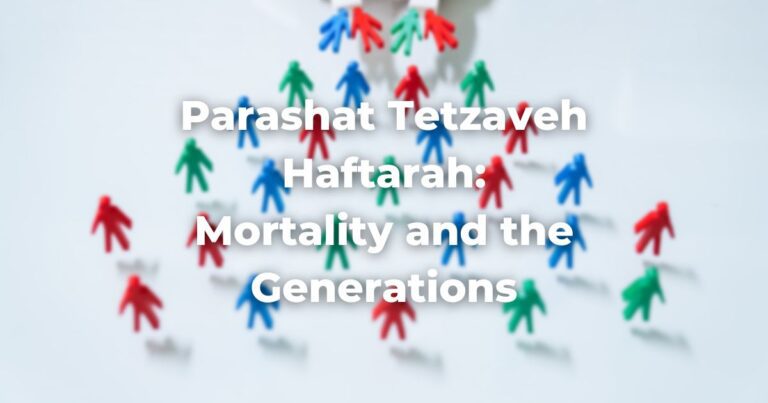I began reading through a collection of midrashimThis word is used in two ways, as both a concept and a literature. As a concept, midrash is the expansive interpretation of biblical texts. The term is used to describe the practice of rabbinic interpretation. As a text, it refers to specific collections of interpretations, particularly from the third to ninth centuries in the Land of Israel and Babylonia. Plural: Midrashim
Read more to prepare for the writing of this Dvar TorahRefers to the first five books of the Hebrew Bible, the Tanakh, also called the Five Books of Moses, Pentateuch or the Hebrew equivalent, Humash. This is also called the Written Torah. The term may also refer to teachings that expound on Jewish tradition. Read more while in my son’s room at bedtime last night.
He has a hard time falling asleep, and although he’s really too old to need a parent at his bedside, every so often I agree to sit on his floor and read by the glow of his nightlight. Except that last night, he was acting wild and unruly, and in spite of my repeated shushing, he continued to try to provoke me so that I’d pay attention to him. I warned him to settle down, but he continued misbehaving, kicking the blanket into the air like a parachute.
I realized for a split second that I ought to take a deep breath and remind him about the importance of getting a good night’s sleep, but instead, I lost my cool and yelled at him angrily, tossing the blanket back on top of him before storming out of the room. I reopened the Sifrei—the midrashic collection I’d been reading—and immediately caught sight of a midrash that left me flooded with guilt.
Two Choices
In the opening verses of this week’s parashah, Moshe tells the Israelites that they have two paths they must choose between. “See, this day I set before you blessing and curse. Blessing, if you obey the commandments of the Lord your God … And curse, if you do not obey” (Deuteronomy 11:26-27).
When Moshe lays it out this way, it seems so simple: Why wouldn’t the people choose to obey the commandments and receive God’s blessing? Who would choose the curse instead?
The Sifrei, in the midrash I read after yelling at my son, brings a parable to explain why the choice between blessing and curse is not as simple as it might appear, and how we can nonetheless choose wisely.
The midrash (Sifrei Deuteronomy 53) begins by drawing a parallel between the opening verses of our parashah and a verse from much later in Deuteronomy, towards the conclusion of Moshe’s long and final address to the people: “I have put before you life and death, blessing and curse. Choose life” (Deuteronomy 30:19).
People might think that since there are two options, they can feel free to choose either one—the blessing or the curse. The second verse is necessary to teach that God commands us to choose the path of life and blessing.
Two Paths to Choose
The midrash then cites a parable about a person sitting at a crossroads with two paths before him, one of which starts out smoothly but ends in a thorny bramble, and one of which starts out thorny but ends in a clearing. The person informs every passerby, “Do you see this path which starts out smoothly? For two or three paces you will walk easily, and then it leads to thorns. And do you see that other path that is full of thorns at the beginning? For two or three steps you will walk through thorns, but it ends in a clearing.”
The passerby, who can see only what lies before, does not realize that the paths are deceptive; the one that seems clear will, in fact, prove thorny, and vice versa. He needs the man at the crossroads in order to make an informed decision about which way to go.
The midrash goes on to explain that Moshe is the guide who sits at the crossroads and tells the people that although it appears that the wicked are prospering, this will only be the case “for two or three days”; in the end they will be full of regret. Likewise, the righteous appear to suffer in this world, but ultimately they are bound to rejoice.
The two paths thus correspond to the fate of the wicked and the righteous: For the wicked, life starts out smooth but leads to brambles of remorse, and for the righteous the opposite is the case.
The metaphor of the crossroads has been invoked by many writers, philosophers, and scholars, from Robert Frost’s two roads diverging in a yellow wood to Sophocles’ Oedipus the King’s fateful murder of his father where the roads cross in Laius.
At the crossroads, a fateful decision determines the path a person will travel in life. But we don’t come to the crossroads at only one point in our lives. The TalmudReferring to one of two collections, the Jerusalem and Babylonian Talmuds, edited in the 6th century, that contains hundreds of years of commentary, discussion, and exploration of the ideas in the Mishnah. One could describe it as Mishnah + Gemara = Talmud Read more (Eruvin 53b) tells a story about Rabbi Yehoshua ben Hananya, who was once walking along a path when he came to a crossroads where a young boy sat. Rabbi Yehoshua asked him which path to take to get to the city. The boy responded cryptically, “This path is short and long, and that path is long and short.”
Rabbi Yehoshua took the short and long path and discovered that although it quickly brought him to the border of the city, he then had to traverse many gardens and orchards in order to arrive at his destination. He returned to the boy, and asked, “Didn’t you tell me this way is short?” The boy responded, “And didn’t I tell you that it is also long?”
Choosing the Long or the Short of It
Here too, the two paths are deceptive; the short cut actually takes longer.
Notably, Rabbi Yehoshua is not making a single fateful choice, but rather traveling to a city, presumably a regular occurrence. His story reminds us that so often in life—at least several times a day—we find ourselves at a crossroads where we must choose between the path that promises satisfaction in the short term and the path that will enable us to reach our more long-term goals.
Often we can’t see much farther along the paths, which makes it all the more difficult to choose.
Someone once told me that for parents of young children, “the days are long but the years are short.” In the short term the days seem long, but in the long term the years seem short.
So much of parenting seems to be about looking beyond our short-term frustrations and understanding what our children ultimately need, and how we can help them along the way. In the short term, the best course seemed to be to yell at my son at bedtime.
But if I really wanted to achieve the more long-term goal of teaching him how to fall asleep at night, I ought to have kept my cool and explained to him, more calmly, why it was so important to settle down. That night he was up quite late, upset that I had lost my temper.
The path that seemed shorter—just yell at him and leave his room in anger—had proven longer after all. Hopefully next time I will remember the midrash about the crossroads and use it as my guide.
See more: Parashat Re’eh
Originally posted as part of the Conservative Yeshiva at the Fuchsberg Jerusalem Center’s Torah Sparks. Support Torah learning from the Fuchsberg Jerusalem Center/Conservative Yeshiva for leaders and seekers around the world here.
Authors
-

Ilana Kurshan teaches Talmud at the CY. She is the author of If All the Seas Were Ink (St. Martin’s Press, 2017) and Why is This Night Different From All Other Nights (Schocken, 2005). She has a degree in History of Science from Harvard and in English literature from Cambridge, and has worked in literary publishing both in New York and in Jerusalem – as a translator, a foreign rights agent, and as the Books Editor of Lilith Magazine. Since October 2020, Ilana has been a regular contributor to Torah Sparks, FJC’s weekly parashat hashavuah blog.
View all posts -


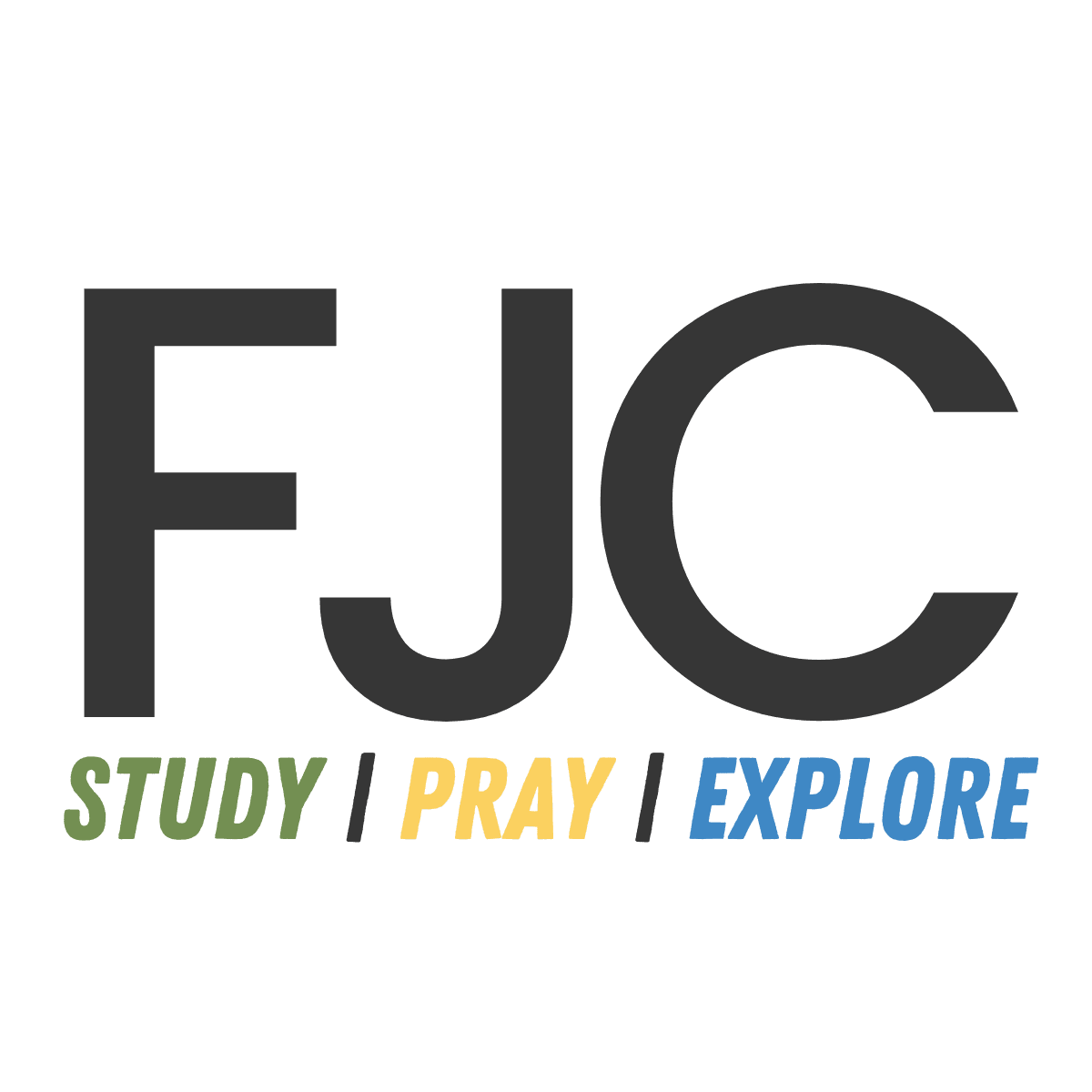
The Fuchsberg Jerusalem Center (FJC) is a home in the heart of Jerusalem where leaders and seekers can find an authentic place in Jewish tradition to call their own. FJC offers opportunities to study, pray and explore within an egalitarian and inclusive setting, creating multiple pathways for finding personal and communal meaning.
View all posts

